Home>Gardening & Outdoor>Landscaping Ideas>How To Cook A Grass-Fed Steak
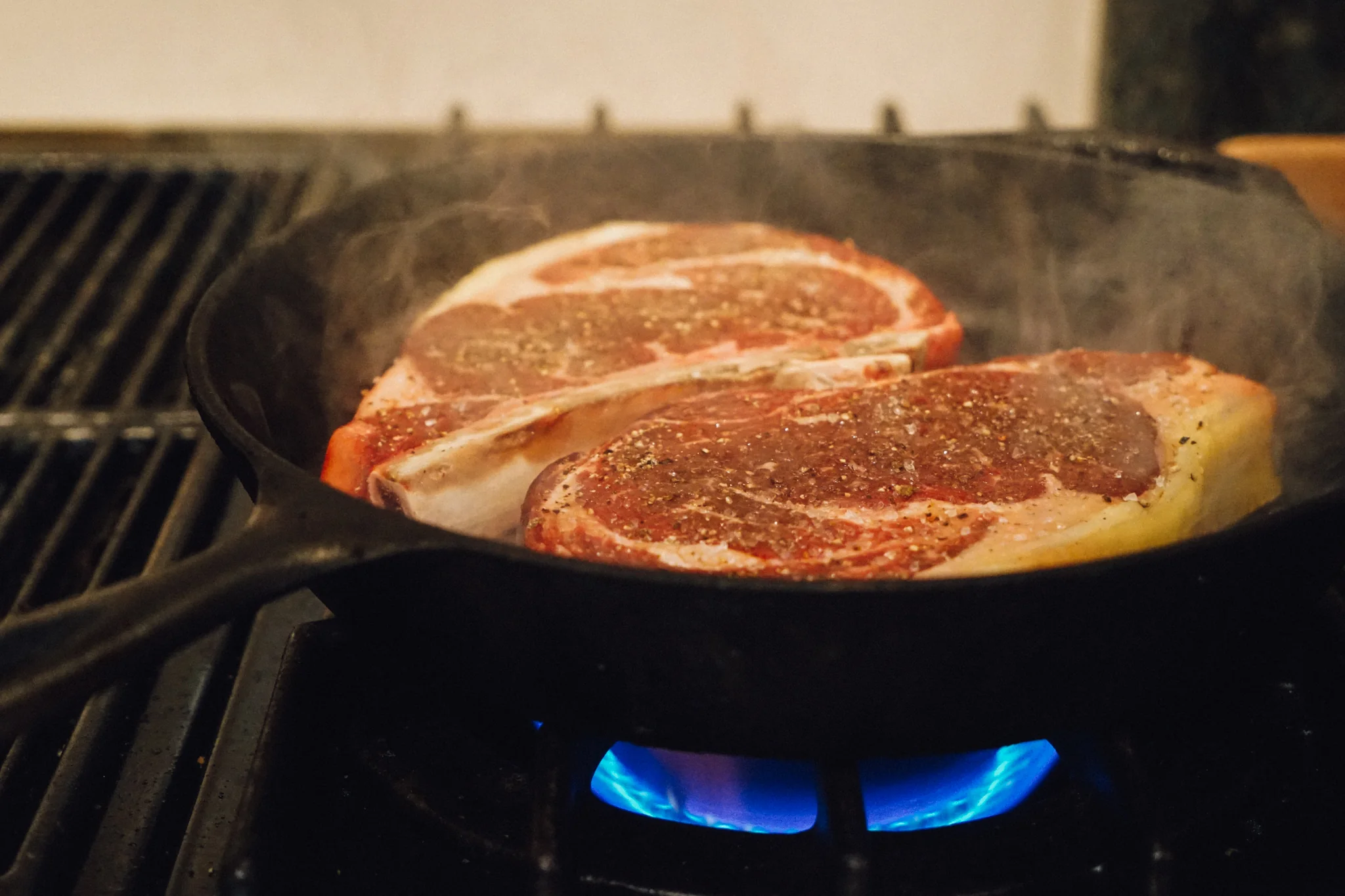

Landscaping Ideas
How To Cook A Grass-Fed Steak
Modified: September 2, 2024
Learn how to cook a delicious grass-fed steak with our easy-to-follow guide. Discover the best landscaping ideas for a perfect outdoor dining experience.
(Many of the links in this article redirect to a specific reviewed product. Your purchase of these products through affiliate links helps to generate commission for Storables.com, at no extra cost. Learn more)
Introduction
Welcome to the wonderful world of grass-fed steak cooking! If you’re a fan of tender, flavorful steak, then you’re in for a treat. Cooking a grass-fed steak to perfection is an art form that requires a delicate balance of technique, timing, and attention to detail. Whether you’re a seasoned grill master or a novice cook, this guide will walk you through the process of preparing and cooking a mouthwatering grass-fed steak that will have your taste buds singing with delight.
Grass-fed steak is renowned for its rich, beefy flavor and leaner profile compared to grain-fed beef. This means that cooking it to perfection requires a slightly different approach to ensure that it remains tender and juicy. By understanding the nuances of choosing the right cut, preparing the steak, seasoning it to enhance its natural flavors, and mastering the art of cooking it to your desired level of doneness, you’ll be well on your way to savoring a delectable grass-fed steak that will rival those served in the finest steakhouses.
So, roll up your sleeves, fire up the grill or preheat your skillet, and get ready to embark on a culinary adventure that will elevate your steak-cooking skills to new heights. With the right guidance and a dash of passion, you’ll soon be savoring the sumptuous results of your efforts, impressing friends and family with your newfound expertise in cooking the perfect grass-fed steak.
Key Takeaways:
- Choose the right grass-fed steak cut for a delicious dining experience. Look for vibrant color, fine marbling, and consider thickness for optimal cooking.
- Prepare, season, and cook your grass-fed steak with care to savor a tender, succulent, and flavorful masterpiece. Rest and serve thoughtfully for a memorable dining experience.
Read more: How To Grill Grass-Fed Steak
Choosing the Right Cut
When it comes to cooking a delectable grass-fed steak, choosing the right cut is crucial. Each cut offers a unique balance of tenderness, flavor, and juiciness, making it essential to select the one that aligns with your preferences and cooking method. Here are some popular grass-fed steak cuts to consider:
- Ribeye: Known for its rich marbling and intense flavor, the ribeye steak is a favorite among steak enthusiasts. Its generous marbling ensures a juicy and succulent texture when cooked to perfection.
- Sirloin: The sirloin steak is prized for its robust beefy flavor and moderate tenderness. It’s a versatile cut that can be cooked using various methods, making it a popular choice for grilling or pan-searing.
- Filet Mignon: Renowned for its tenderness, the filet mignon, also known as the tenderloin steak, offers a buttery texture and subtle flavor. It’s often considered a premium cut and is ideal for those who prefer a leaner steak option.
- New York Strip: With a balanced combination of marbling and tenderness, the New York strip steak boasts a bold, beefy flavor and a satisfying texture. It’s well-suited for grilling and pan-searing, delivering a delightful eating experience.
When selecting a grass-fed steak, look for cuts that feature vibrant red color, fine marbling, and a healthy layer of outer fat, which contributes to flavor and juiciness. Additionally, consider the thickness of the cut, as it can impact the cooking time and overall doneness.
Whether you prefer a melt-in-your-mouth, marbled ribeye or a lean and tender filet mignon, choosing the right cut sets the stage for a remarkable dining experience. By understanding the unique characteristics of each cut, you can elevate your steak-cooking endeavors and indulge in the distinct pleasures that grass-fed beef has to offer.
Preparing the Steak
Before diving into the cooking process, it’s essential to prepare your grass-fed steak properly to enhance its natural flavors and ensure a delightful dining experience. Here are the key steps to prepare your steak for cooking:
- Thawing: If your grass-fed steak is frozen, it’s best to thaw it slowly in the refrigerator to preserve its texture and juiciness. Allow ample time for the steak to thaw, ensuring that it reaches an even temperature throughout.
- Patting Dry: Once the steak is thawed, gently pat it dry with paper towels to remove any excess moisture. This helps promote better searing and caramelization when the steak hits the heat, resulting in a flavorful crust.
- Trimming: Inspect the steak for any excess fat or sinew that may affect the cooking process. Trim off any large pieces of fat, leaving a thin, even layer to enhance flavor and juiciness without overwhelming the meat.
- Bringing to Room Temperature: For even cooking, allow the steak to come to room temperature before it hits the heat. This ensures that the steak cooks evenly from edge to center, preserving its natural juices and tenderness.
- Tenderizing (Optional): Depending on the cut and your preference, you may choose to tenderize the steak using a meat mallet to break down tough fibers and promote a more uniform texture.
By taking the time to properly prepare your grass-fed steak, you set the stage for a culinary masterpiece that celebrates the natural qualities of the meat. These simple yet essential steps lay the foundation for a perfectly cooked steak that will leave a lasting impression on your palate.
Seasoning and Flavoring
Enhancing the natural flavors of grass-fed steak with the right seasonings and flavorings can elevate the dining experience to new heights. Whether you prefer a simple seasoning that allows the beef’s rich taste to shine or a more complex flavor profile, here are some tips to infuse your steak with delicious flavors:
- Simple Seasoning: For purists who want to savor the true essence of grass-fed beef, a simple seasoning of kosher salt and freshly ground black pepper can work wonders. The salt helps to draw out the steak’s natural juices while the pepper adds a hint of pungent heat.
- Marinades: If you’re looking to impart additional flavors to your steak, consider marinating it in a blend of olive oil, herbs, garlic, and citrus juices. This can infuse the meat with aromatic notes and tenderize it for a more succulent texture.
- Dry Rubs: A blend of spices, herbs, and seasonings can create a tantalizing dry rub for your steak. Whether it’s a smoky barbecue rub, a spicy Cajun blend, or a savory herb-infused mixture, a dry rub can add depth and complexity to the steak’s flavor profile.
- Infused Butters: Elevate your steak with a dollop of flavored butter, such as garlic herb butter or chipotle lime butter. As the butter melts over the hot steak, it imparts a luscious richness and aromatic essence that complements the beef beautifully.
When seasoning your grass-fed steak, remember that the goal is to enhance, not overpower, the natural flavors of the meat. Whether you opt for a minimalist approach or experiment with creative flavor combinations, the right seasoning and flavoring can transform your steak into a culinary masterpiece that delights the senses.
Let the grass-fed steak come to room temperature before cooking to ensure even cooking and a juicy result.
Cooking the Steak
Now comes the exciting part – cooking your grass-fed steak to perfection. The cooking method you choose can significantly influence the steak’s texture, flavor, and overall dining experience. Here are some popular methods for cooking grass-fed steak:
- Grilling: Grilling is a beloved method for cooking steak, imparting a tantalizing smoky flavor and beautiful grill marks. Preheat your grill to high heat and sear the steak for a few minutes on each side before adjusting the heat to finish cooking to your desired level of doneness.
- Pan-Searing: A cast-iron skillet is ideal for achieving a perfect sear on your steak. Heat the skillet over high heat, add a high-heat oil, and sear the steak on each side before reducing the heat to finish cooking, resulting in a caramelized crust and juicy interior.
- Broiling: Preheat the broiler in your oven and place the steak on a broiler pan. Cook the steak, flipping it halfway through, to achieve a delicious char and even cooking. Keep a close eye on the steak to prevent overcooking.
- Sous Vide: For precise and consistent results, consider using a sous vide immersion circulator to cook your steak to the perfect temperature in a water bath before finishing it with a quick sear for a delightful crust.
Regardless of the cooking method you choose, it’s essential to monitor the steak’s internal temperature using a meat thermometer to achieve your preferred level of doneness. Grass-fed steak cooks faster than grain-fed beef due to its leaner composition, so vigilance is key to achieving the perfect steak that’s tender, juicy, and bursting with flavor.
Whether you prefer the smoky allure of a grilled steak, the caramelized crust from a cast-iron sear, or the precision of sous vide cooking, mastering the art of cooking grass-fed steak will reward you with a culinary masterpiece that’s sure to impress.
Read more: What Is Grass-Fed
Resting and Serving
After the steak has been cooked to perfection, it’s crucial to allow it to rest before serving to ensure that the juices redistribute, resulting in a tender and succulent dining experience. Here’s how to properly rest and serve your grass-fed steak:
- Resting Time: Transfer the cooked steak to a cutting board or a warm plate, loosely tent it with aluminum foil, and let it rest for approximately 5 to 10 minutes. This resting period allows the juices to redistribute, ensuring that each savory bite is moist and full of flavor.
- Slicing and Presentation: Once the steak has rested, it’s time to slice it against the grain to maximize tenderness. Arrange the slices on a serving platter or individual plates, showcasing the steak’s caramelized exterior and juicy interior for an enticing presentation.
- Accompaniments: Complement your grass-fed steak with an array of delectable accompaniments, such as a vibrant mixed green salad, roasted vegetables, creamy mashed potatoes, or a tangy chimichurri sauce. These side dishes enhance the overall dining experience and provide a delightful contrast of flavors and textures.
- Wine Pairing: Elevate the enjoyment of your steak with a well-paired wine. Whether it’s a robust Cabernet Sauvignon, a velvety Merlot, or a rich Malbec, the right wine can accentuate the steak’s flavors and create a harmonious symphony of taste.
By allowing the steak to rest and carefully presenting it alongside complementary accompaniments, you set the stage for a memorable dining experience that celebrates the art of cooking and savoring a perfectly prepared grass-fed steak.
Conclusion
Congratulations on mastering the art of cooking a delectable grass-fed steak! By understanding the nuances of choosing the right cut, preparing the steak, seasoning it to perfection, cooking it with precision, and presenting it thoughtfully, you’ve embarked on a culinary journey that celebrates the natural flavors and qualities of this exceptional beef.
As you savor each tender and succulent bite of your expertly prepared grass-fed steak, remember that the joy of cooking extends far beyond the kitchen. It’s a celebration of quality ingredients, time-honored techniques, and the shared experience of savoring a remarkable meal with loved ones.
Whether you’ve opted for a sizzling grilled steak, a beautifully seared pan-cooked masterpiece, or a precisely sous vide-cooked delight, your dedication to honing your steak-cooking skills has undoubtedly paid off in the form of a culinary triumph.
So, as you raise your fork to indulge in the fruits of your labor, take pride in the knowledge that you’ve unlocked the secrets to cooking a remarkable grass-fed steak that tantalizes the taste buds and creates lasting memories around the dining table.
Here’s to the joy of cooking, the pleasures of savoring exceptional food, and the satisfaction of mastering the art of preparing a mouthwatering grass-fed steak. Cheers to many more culinary adventures and the delectable delights that await!
Frequently Asked Questions about How To Cook A Grass-Fed Steak
Was this page helpful?
At Storables.com, we guarantee accurate and reliable information. Our content, validated by Expert Board Contributors, is crafted following stringent Editorial Policies. We're committed to providing you with well-researched, expert-backed insights for all your informational needs.

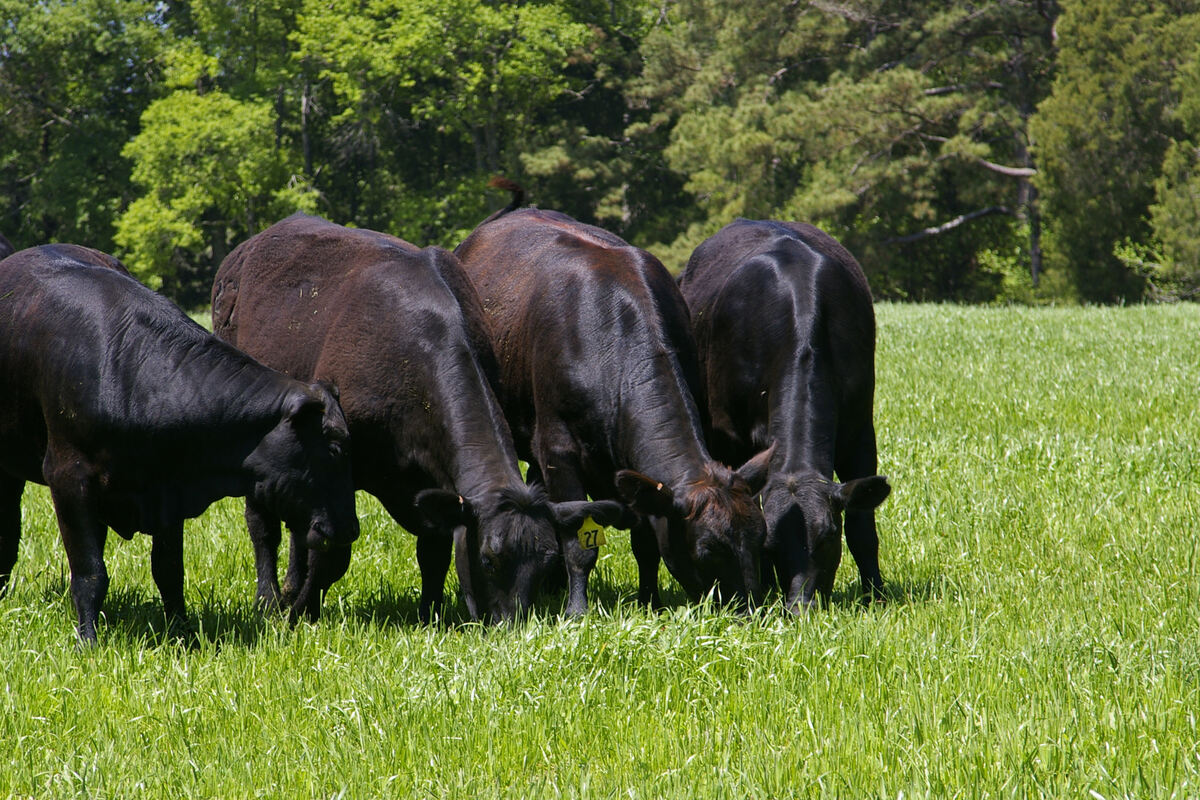
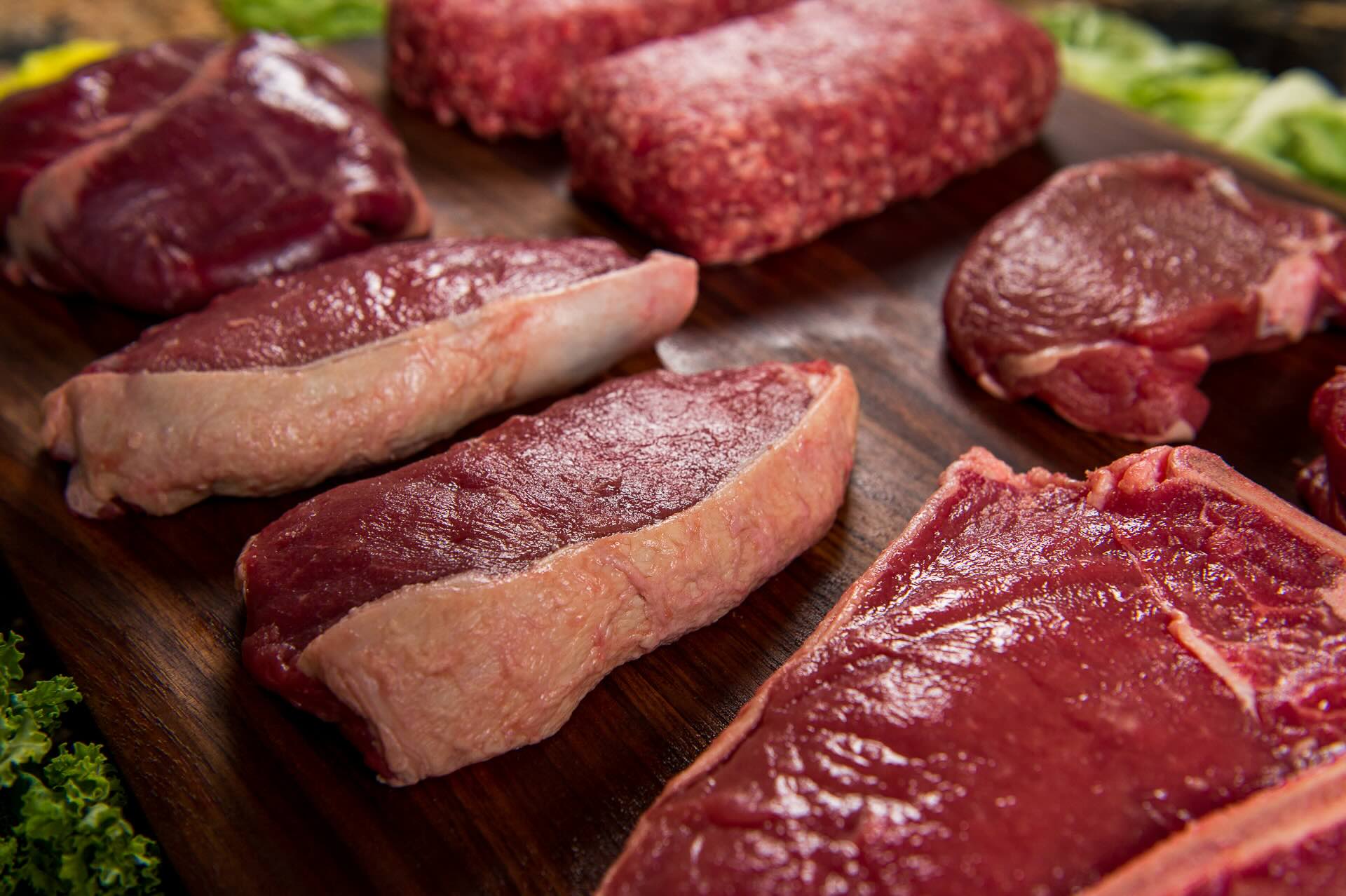
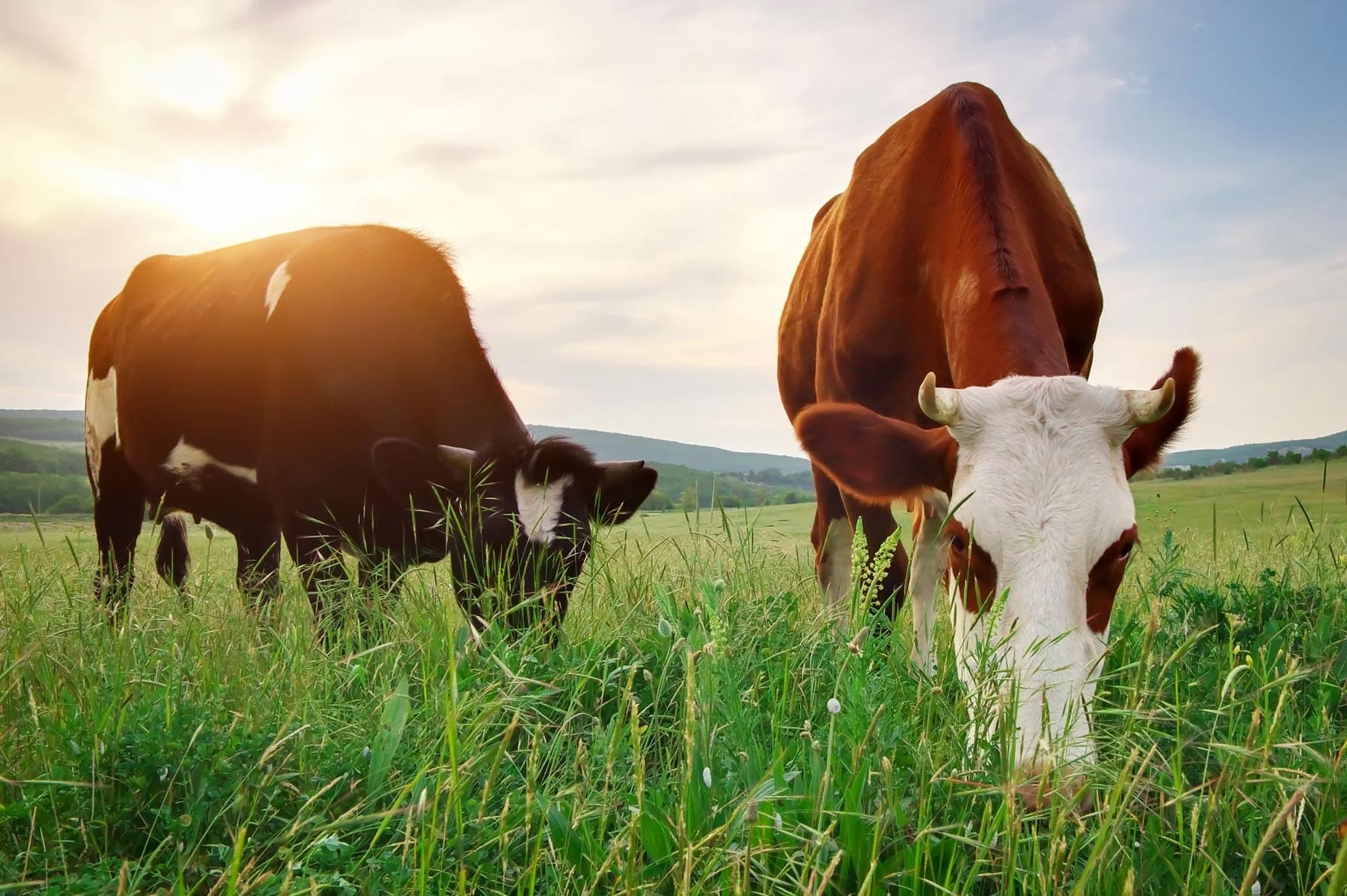
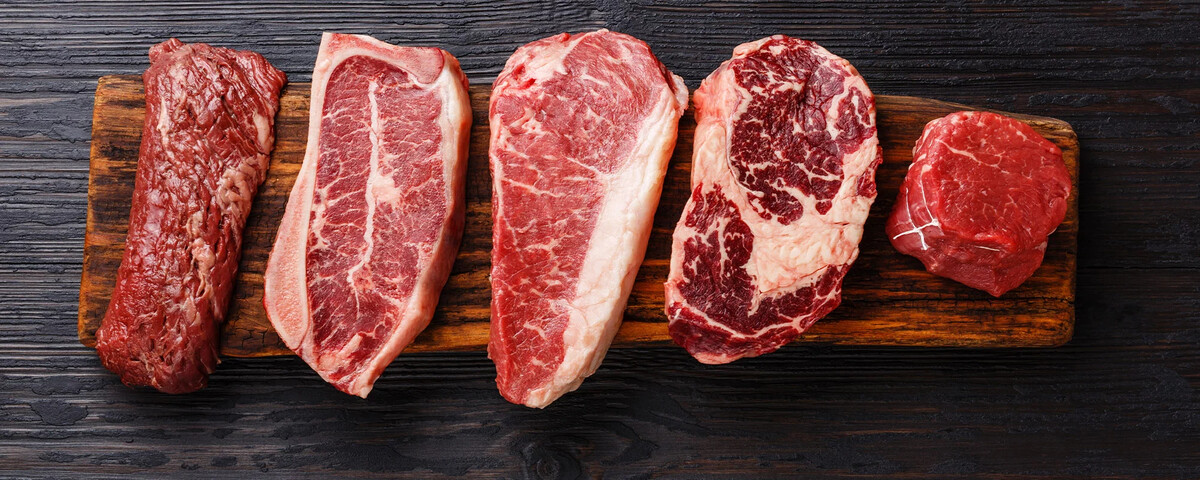
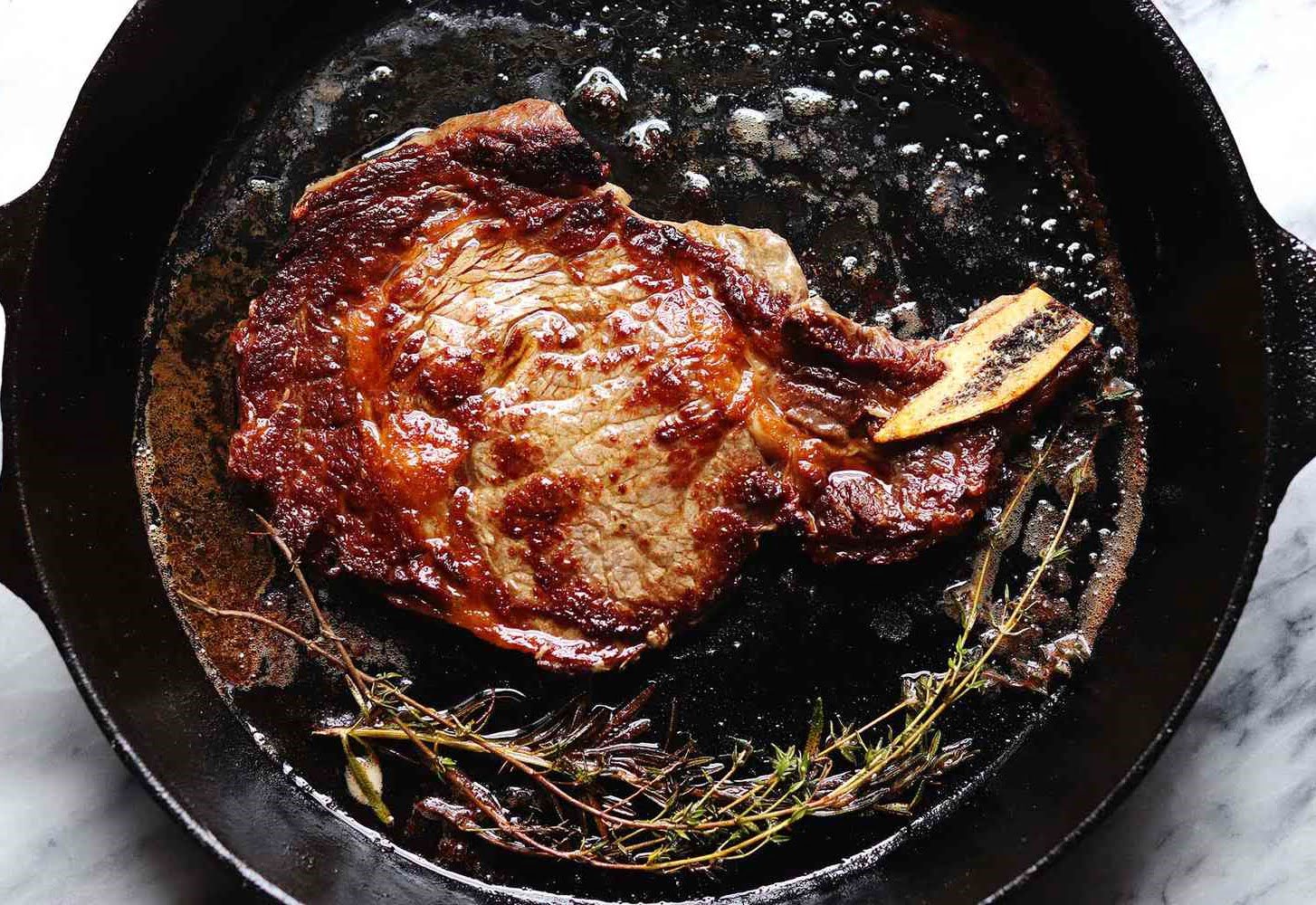
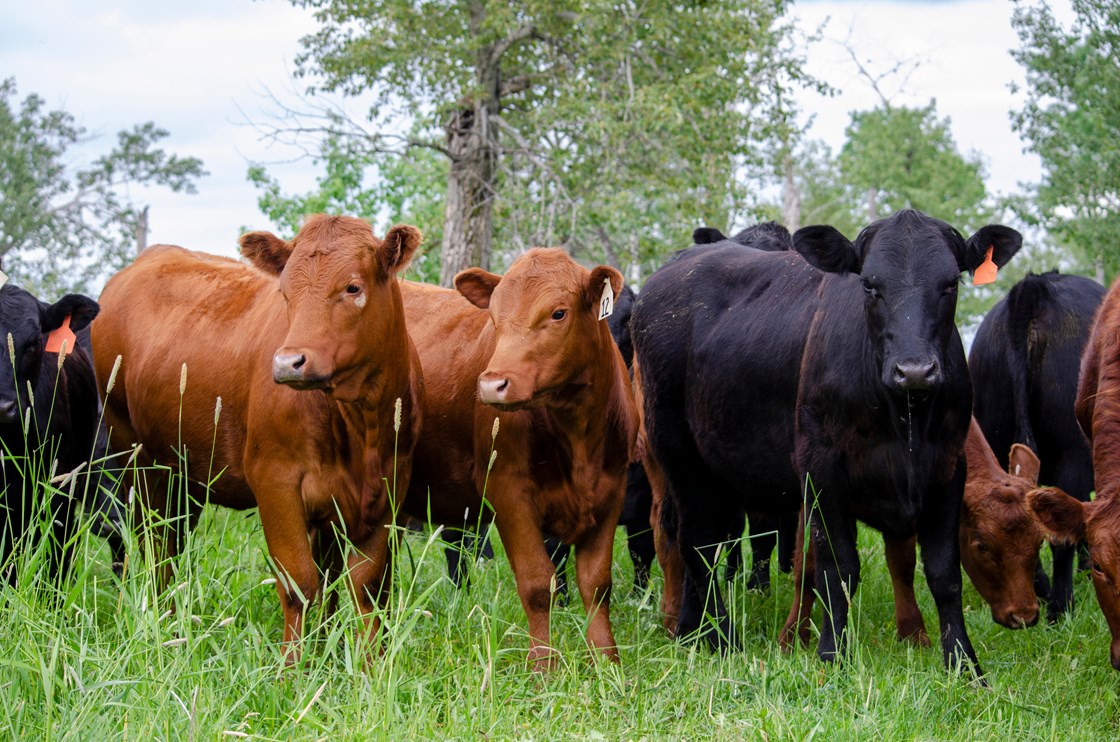
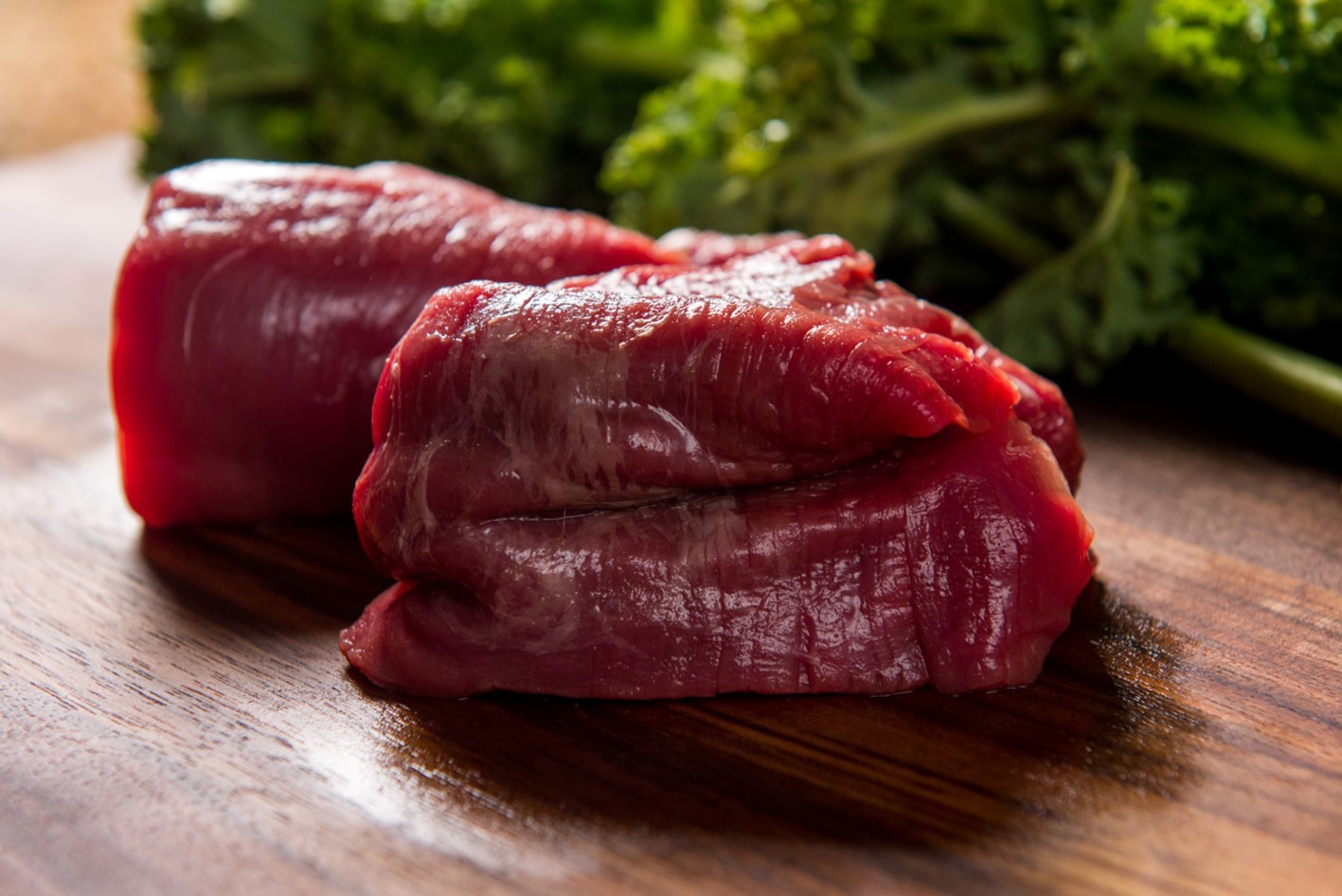
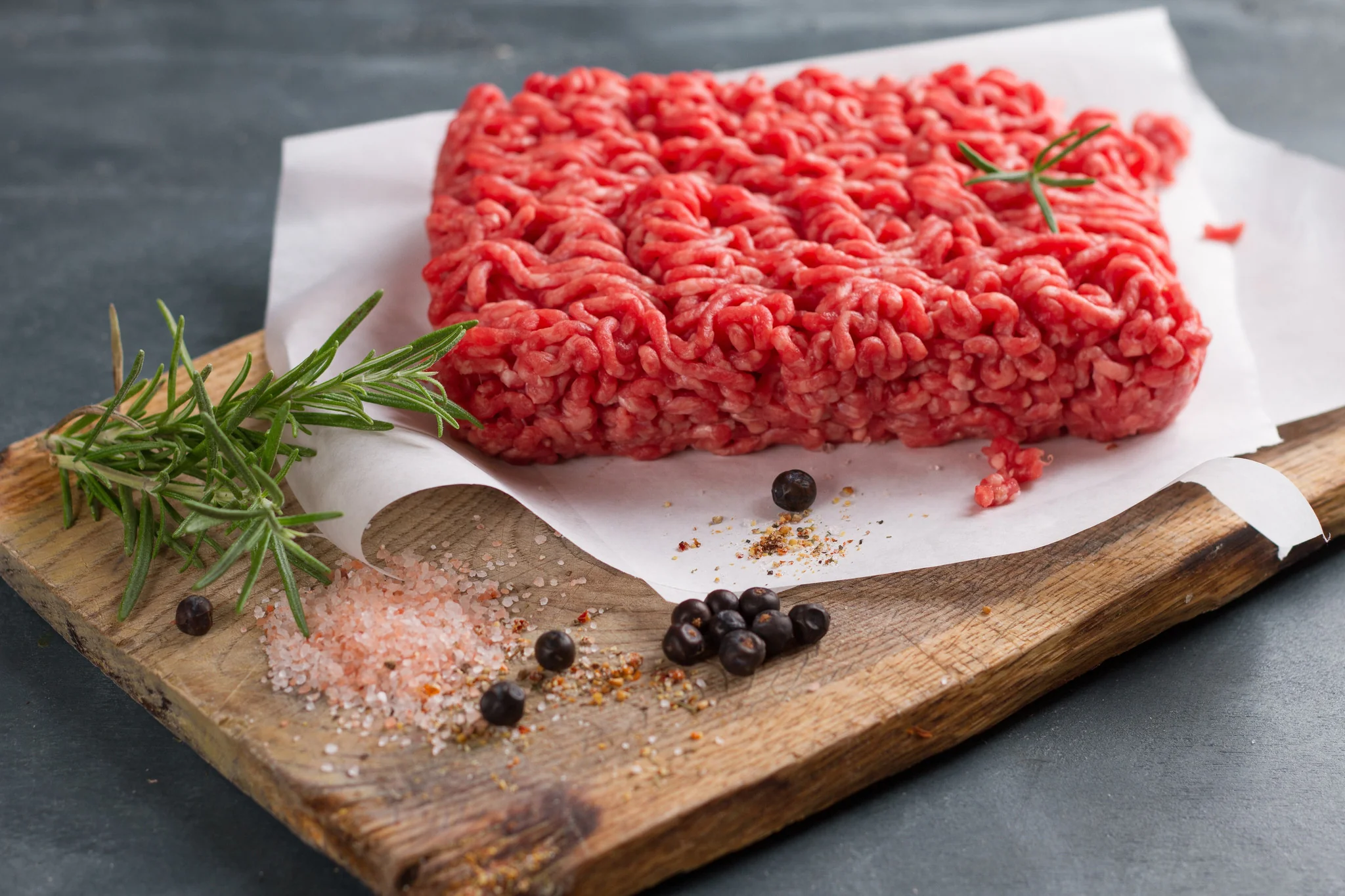


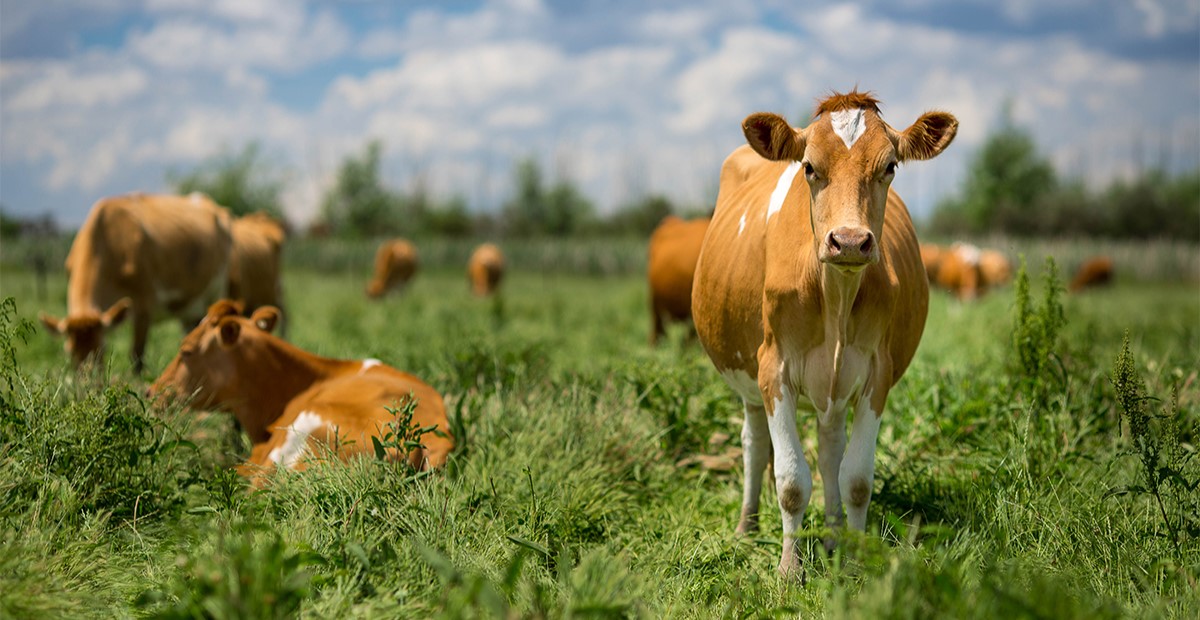
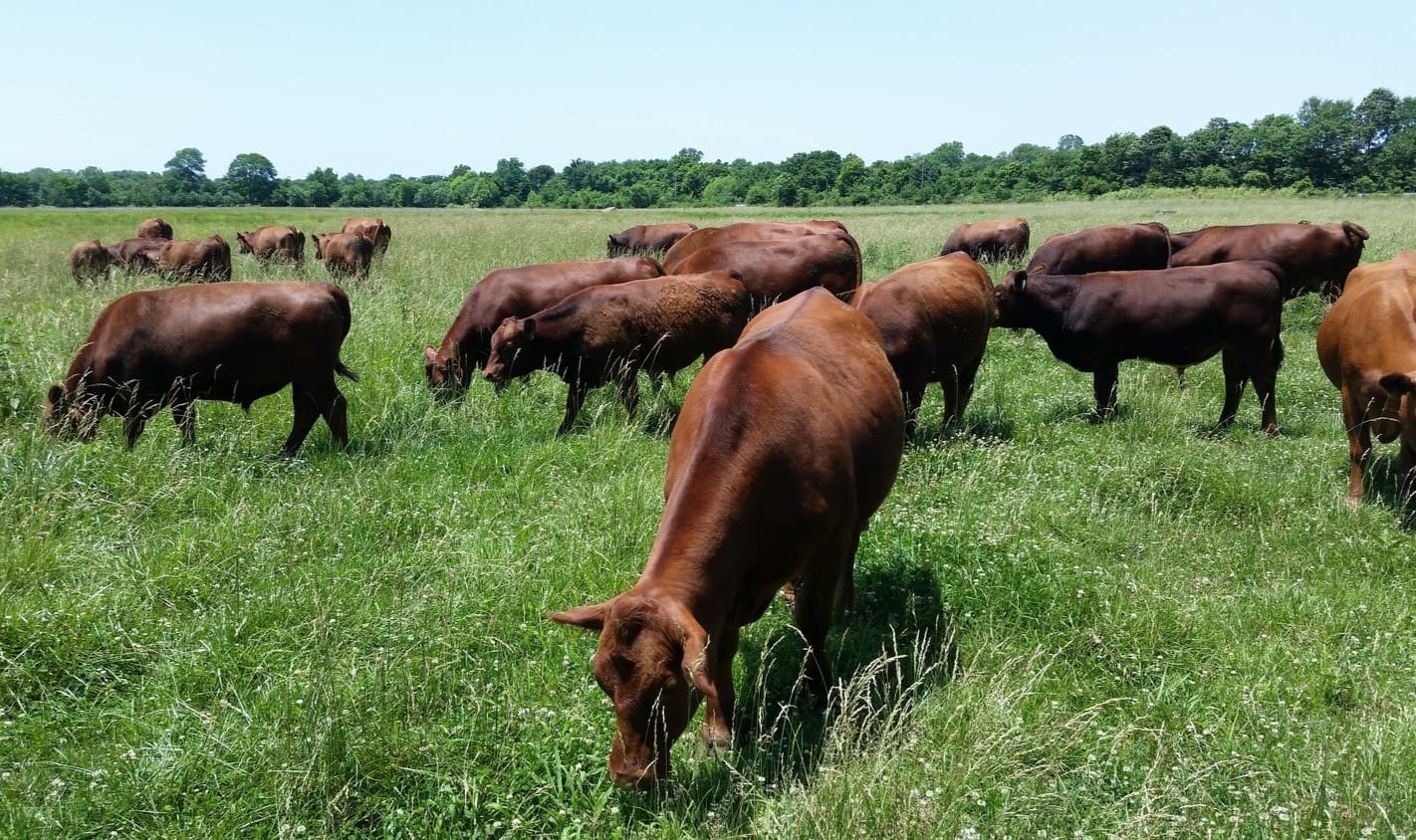
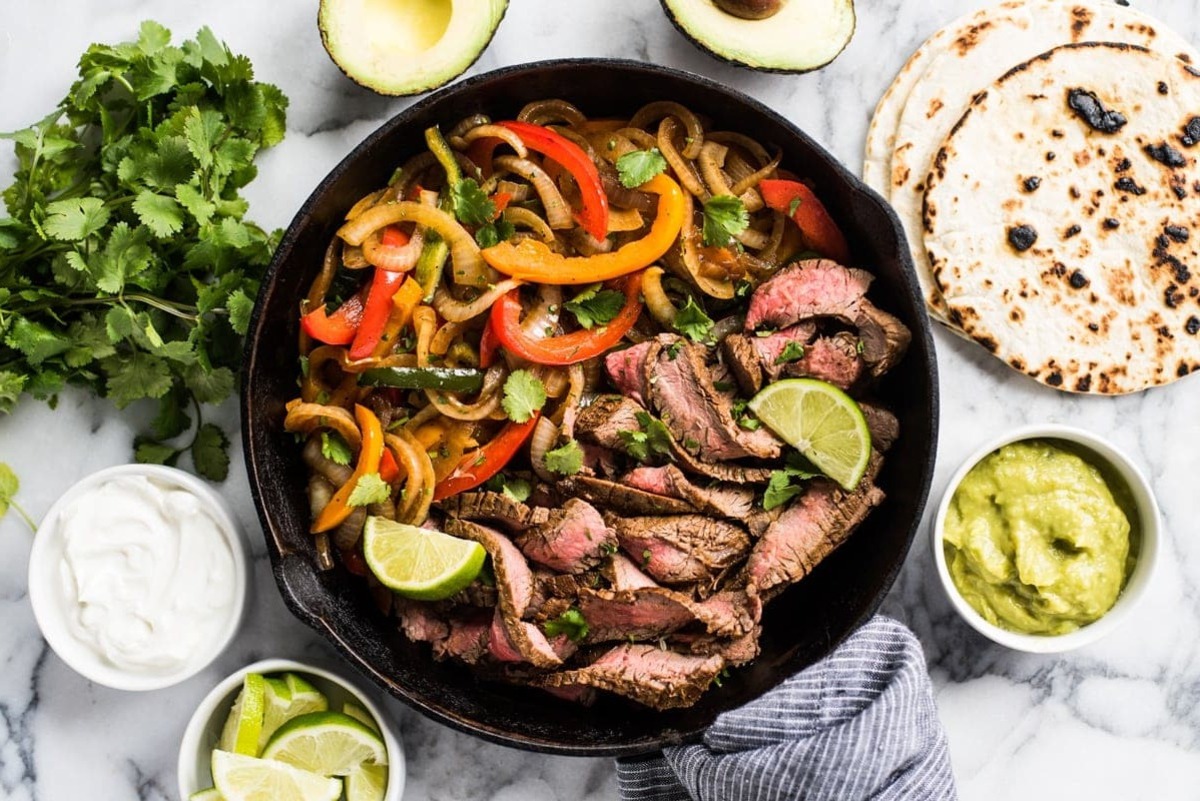

0 thoughts on “How To Cook A Grass-Fed Steak”